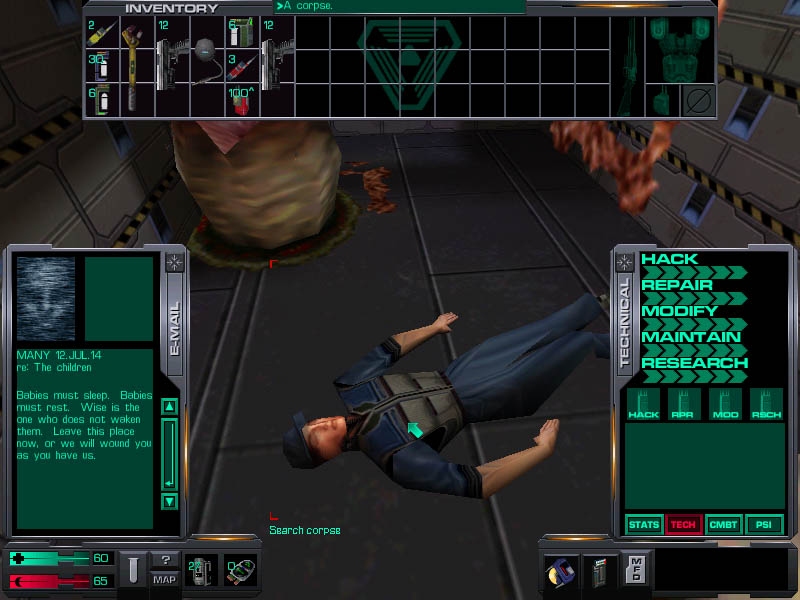

If these quotations are taken quite literally, as has been done for the most part since Felix Jacoby’s influential article (1913) in the Pauly-Wissowa Real-Encyclopädie, then Herodotus is regarded as an eyewitness, and one has to reconstruct wide-ranging travels on his part to obtain this information. Important for the qualification of his work and his life are the many source quotations Herodotus presents, basing his accounts on indigenous informants. Thus Herodotus does not describe contemporary history, for he published his work in the 420s. It ends with the Greeks’ conquest of Sestus in 479 B.C.E.

The work proceeds to the Persian Wars, with the conflict between Xerxes and the Greeks comprising nearly one-third of the entire Histories. These logoi are arranged according to the Persian conquests, and they show that Herodotus is highly interested, not only in history, but also in geography and ethnography. Herodotus develops a high literary technique of references back and forward, presenting many digressions-the so-called logoi. When the Lydian king Croesus is defeated by Cyrus the Great, the expansion of the Persian Empire becomes the backbone of the work. After a short introduction to legendary times, the Histories start with the conflict between Lydians and Greeks. The main theme of the work is the struggles between Greeks and Barbarians, as is explicitly stressed in the prooemium.

From a modern point of view it comprises historiographic, ethnographic, geographic, and topographic aspects, also including fairy tales, gossip, legends, anecdotes, and mythographic parts. The Histories cannot be characterized perfectly according to modern principles of literary genre, because such genera did not yet exist in Herodotus’s time. Philologists of Hellenistic times divided Herodotus’s opus magnum into nine books and subdivided these into chapters. The Histories a s a source for Persia and Persians. Whether he was in Athens during the 440s giving some lectures and whether he had a close relationship to this town and to the circle around Pericles has been debated in recent scholarship. According to this source Herodotus was born in Halicarnassus and emigrated in 444 to Thurii in southern Italy, where he died. Information on his life is very late, primarily derived from two articles in the Suda, a Byzantine lexicon. HERODOTUS (Gk.Hēródotos), author of the Histories, the first monumental Greek work in prose which is still extant (5th cent. BCE).Ī version of this article is available in print TIGRANES AND THE BATTLE OF MYCALEĪuthor of the Histories, the first monumental Greek work in prose which is still extant (5th cent. THE HISTORIES AS A SOURCE FOR PERSIA AND PERSIANS


 0 kommentar(er)
0 kommentar(er)
